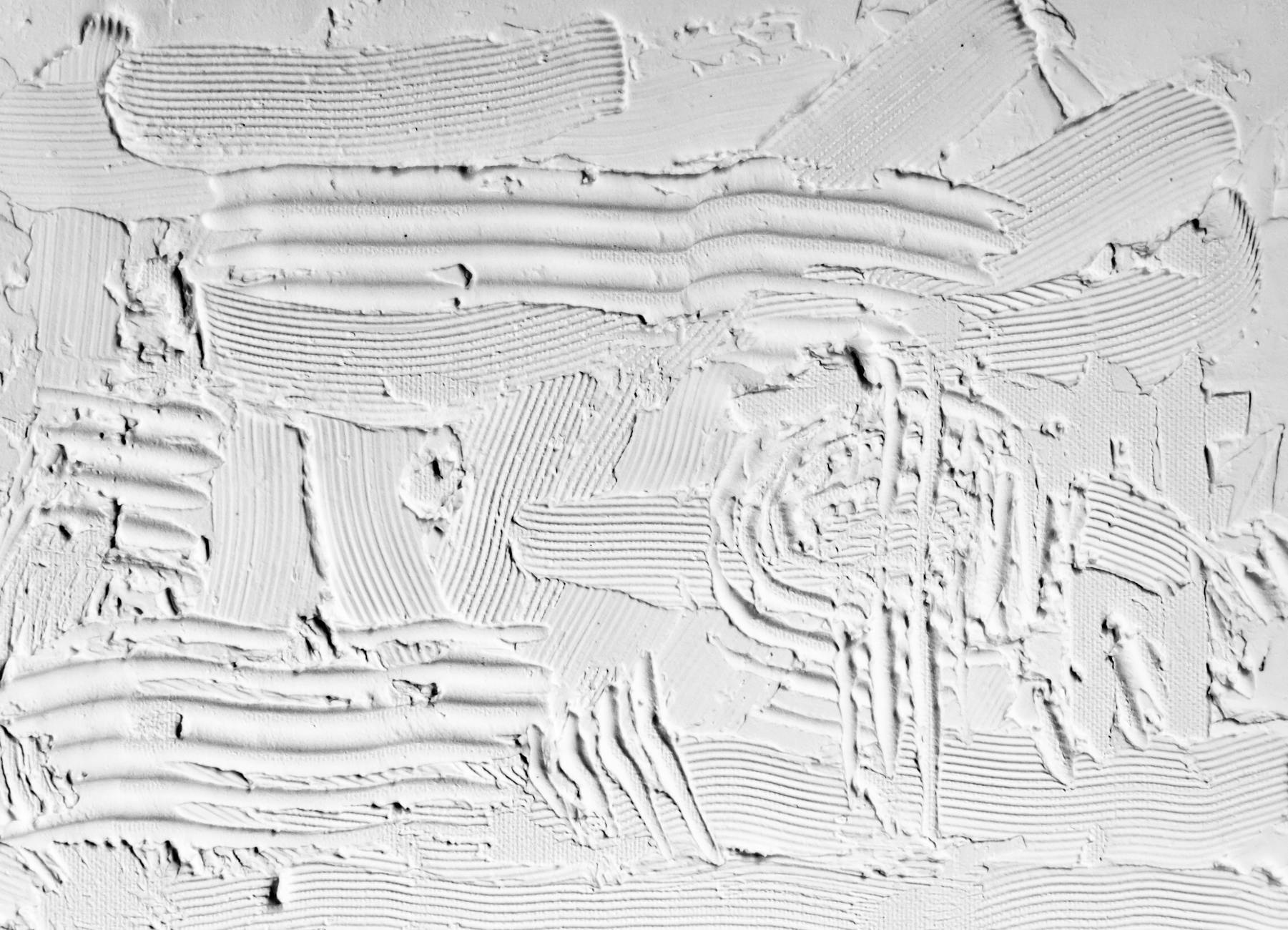Photo by Steve Johnson on Pexels
The rise of electronic line-calling (ELS) on clay courts is generating significant controversy, with Alexander Zverev leading the charge against the technology’s implementation. During the Madrid Open, Zverev openly questioned the ELS system after it contradicted the visible ball mark left on the clay surface during his match against Alejandro Davidovich Fokina.
Clay courts have traditionally allowed for visual confirmation of ball placement thanks to the distinct impression a ball leaves. However, when the ELS overruled the mark, Zverev’s frustration boiled over, leading to a warning for unsportsmanlike conduct after he attempted to document the discrepancy on social media. Victoria Azarenka and Eva Lys have also reported questionable calls, highlighting growing unease among players.
The ATP is increasingly adopting ELS across major tournaments, with the notable exception of the French Open. Hawk-Eye, a leading ELS provider, utilizes a sophisticated camera system to analyze ball trajectory, considering factors like speed, spin, and skid. While generally accurate, its performance on clay is being closely examined. Variations in moisture and clay density can affect the appearance of ball marks, potentially causing inconsistencies with the ELS’s predictions.
ATP supervisor Cedric Mourier acknowledged the challenges, stating, “Clay is a very different surface – probably the most difficult surface to work on… Interpreting a mark is subjective… And this will be obviously, taken away by the ELS live.” This transition represents a significant shift in clay court tennis, fueling debate and introducing a new dimension of drama to the sport.
